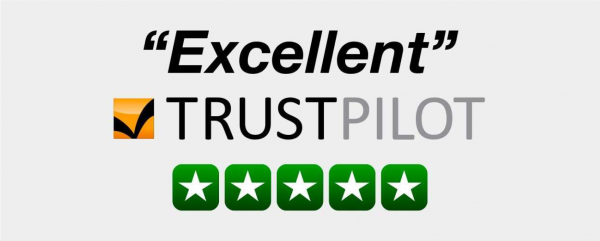Copays and Deductibles
Health Insurance Out-of-Pocket Costs: Copays, Deductibles, and Coinsurance
Health Insurance Out-of-Pocket Costs: Copays, Deductibles, and Coinsurance
One of the most stressful parts of health insurance is not knowing what your insurance will and will not pay. Consequently, you worry about how much you end up paying.
Terms like copay, coinsurance, and deductible can be confusing. These terms indicate how much you will directly pay for medical services.
What is a Copay?
A copayment is a flat amount you pay the provider each time you visit a medical office or pick up a prescription.
Whether you see the doctor once a year for a physical, or once a week for physical therapy, you will pay at each visit. The health insurance plan determines how much your copays will cost. You can find copay information on the ID card the insurer sends you.
Not all services require a copay. Health insurers offer many preventative services, like routine mammograms, without a copay.
What is a Deductible?
A deductible is the annual cost-sharing amount you pay for health care services before your insurance begins to pay. If you have a $3,000 yearly deductible, you will pay the first $3,000 for covered medical services.
After that, your coinsurance begins, where you and the insurance company each pay part of the bill.
Unfortunately, your premiums and copays do not count as part of your deductible.
Typically, these costs count toward your deductible:
- Doctor and therapy visits not covered by a copay
- Lab tests
- Hospitalization
- Anesthesia
- MRI or CAT scans
- Medical devices
What is the Difference between a Copay and Deductible?
Your plan may have both copays and deductibles.
A copay is an amount you pay at the time of service. A deductible is the amount you pay before the plan begins helping with medical costs.
What is Coinsurance?
After you meet your deductible, the health insurance policy begins paying its share of costs toward your treatment as coinsurance. If your coinsurance is 30%, you pay 30% of your medical bills, and the insurance company pays 70%.
Suppose you met your deductible in May. You went in for an MRI that cost $3,000. If your coinsurance is 30%, you will pay 30% of $3,000: $900. The insurer pays the other $2,100. The higher your coinsurance percentage, the more you pay out-of-pocket.
If you receive any treatment not covered by your policy, you will pay for the full cost.
What is the Difference between Copay and Coinsurance?
The copay is a flat amount you pay each time you see a doctor or receive treatment.
The coinsurance is a percentage of the medical bills that you must pay alongside the insurer. Coinsurance is not a factor until you have met your annual deductible.
What is the Difference between Coinsurance and a Deductible?
A deducible is a flat amount you must pay out of pocket before the insurer starts helping with the bills. Coinsurance occurs after you meet the deductible. You pay part of the medical costs, while the insurer pays the remainder.
What is an Out-of-Pocket Maximum?
ACA-compliant plans must put a maximum on your out-of-pocket expenses. It means you will only have to pay the out-of-maximum, and then the health insurance plan pays the remaining bills at 100% for the rest of the year.
Deductibles, copays, coinsurance, and out-of-maximum limits vary depending on which health care plan you have.
Suppose you had a heart attack. The emergency room copay was $150. Your deductible is $2,500. You (or your family) paid $150 when you were admitted to the ER. The initial tests and treatments cost $8,000. You pay the first $2,500 of that amount to meet your deductible. The remainder, $5,500, you will cost-share with the insurer, where you pay 20% ($1,100), and the insurer pays 80% ($4,000).
Then, you have surgery and recover in the ICU for 3 days. That bill totals $50,000. Since you already paid your copay and your deductible, you contributed a total of $3,750 toward your annual $10,000 out-of-pocket maximum. You continue to pay until you hit the out-of-pocket maximum. Then, the insurer picks up 100% of the remaining charges.
Here is how the payment schedule breaks down:
In this example, we assume you did not seek any other treatment in the year. If you have, you will reach your out-of-pocket maximum faster.
Where Can I Get the Lowest Price on Health Insurance?
AARDY is the nation's fastest health insurance market. We can help you find the best health insurance plan. Our service compares Affordable Care Act and Short Term plans so you can find the best fit.
